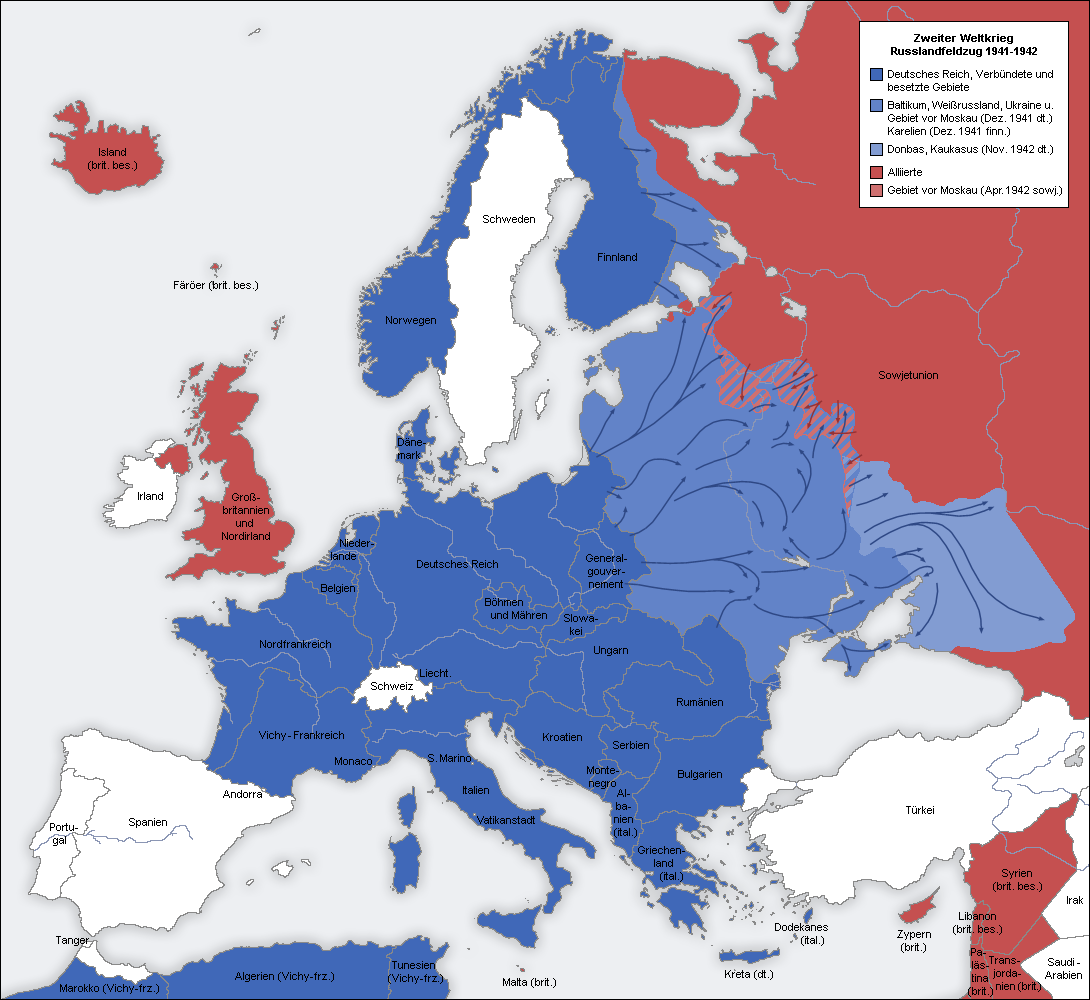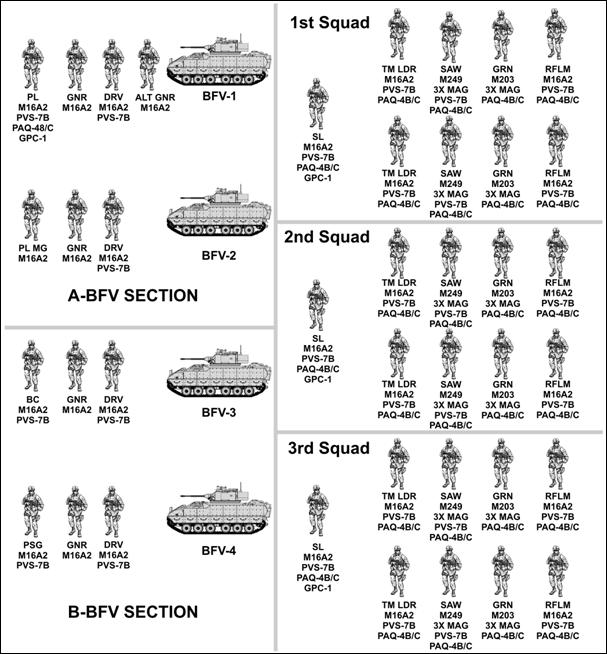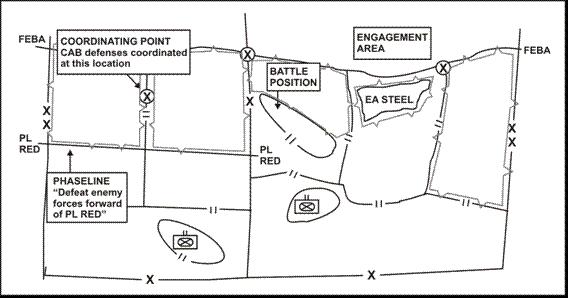Their are some serious problems with Russian Tanks even Russians are not happy with T-90 so far it is also giving some problems to them
Russia only have a few hundred of them. While still maintaining thousands of older tanks.
Follow along with the video below to see how to install our site as a web app on your home screen.
Note: This feature may not be available in some browsers.
Their are some serious problems with Russian Tanks even Russians are not happy with T-90 so far it is also giving some problems to them

Russia only have a few hundred of them. While still maintaining thousands of older tanks.

Perhaps we have a miscommunication here.when i say human wave attacks i mean literally that.Waves of soldiers charging towards the enemy in a line in ww1 fashion.These mobile shock troops however didn't follow such tactics,they followed fire and manuever taking cover and moving under suppresive fire and specialized for close combat in buildings being armed with mostly smgs.That i don't call human wave tactics.
Also one point i missed was the havoc caused by soviet artillery from the other bank and its role in blunting major german infantry attacks.
In the West, often like to say that the USSR "flunked Germans with corpses." That's not true. Although the Soviet Union lost more soldiers than his enemies, the ratio of losses Russian to fascists is 1:1,1-1,3. It's calculating all fascists - Hungarian, Romanian and others. In Stalingrad won elite troops - scouts and snipers. And the Germans also staged "psychic attack" - that is, going in all growth to attack, shooting from the hip.
In addition, in 1942 on the territory controlled by the Soviet government remained only 70 million inhabitants. At the same time in the territories occupied by the Germans and their allies - 220 million( in Europe). USSR could not "flunked Germans with corpses." Physically could not.

It was the Soviet Union accounting for 75% loss of the Germans in the war.I have a hard time understanding what you are trying to say.
if you are simply saying since Germany only 200 millions citizens and Russia only have 70 millions then Russia have no physical way to flunk the German with number.
Well, that's the first time I hear.
First of all, not all resident in German and axis state are combatant. And second, Germany does not just fight with Russia, Germany have a war to the world and they are facing enemy from 3 sides. Just because they have 220 resident under their control, that did not means they are using 220 millions German and its axis resident to attack Russia. How many troop were there in Army Group South and how much troop to the 16 defending Soviet Armies is the only things that count.
So, with all due respect, you are wrong.



Human Wave attack is a very board term, it can mean literally anything.
The problem as we can see is, there are no grand strategy to defend the city by mean of feeding troop where they needed.
Instead the Russian strategy used in Stalingrad is "defense at stance" which basically mean the defense is where the troop stand. Simply attacking and defending using fire and move tactics does not qualified the defense as a whole are planed "Fire and Move" Tactics are the way small unit move, that's the same as bounce, peel, leapfrog. Basically, fire and move is the same as pinning down one enemy.
However, if a side uses fire and move together with intersecting fire field, kill zone, mutual supported position and use of terrain, then that's combine force tactics.
by the way, Human wave attack is an offensive strategy, not defending tactics.

At war labor force is not less important than the military. The more workers from other countries - the more Germans can put soldiers. And Europeans have worked diligently on Reich - sabotage cases were very few. Partizan's war almost was not (exept Soviet lands and some Balcans). But the Soviet Union had a huge, just incredible difficulties with labor force - worked around the clock in three shifts, even children and pensioners. Workers did not have enough food because in the first place products were sent to the front.There is one problem with vostok's argument.The occupied countries's populations didn't serve as german soldiers in any quantity and are militarily irrelevant.They could at best be sued as forced labour and nothing more.Only a few fanatics were inducted into the ss foreign legions.Germany has to face USSR with manpower of here own ethnic germans mostly and that of here allied satellites.
On the other hand if we observe the losses,bulk of russian losses were in 1941 and then 1942.The last 3 yrs of the war soviets have good kill/loss ratio with germans.So it can't be said they used human wave tactics .They did at the beginning but adapted.Will try to elaborate on some of these tactics later.

At war labor force is not less important than the military. The more workers from other countries - the more Germans can put soldiers. And Europeans have worked diligently on Reich - sabotage cases were very few. Partizan's war almost was not (exept Soviet lands and some Balcans). But the Soviet Union had a huge, just incredible difficulties with labor force - worked around the clock in three shifts, even children and pensioners. Workers did not have enough food because in the first place products were sent to the front.

I talked about the labor force (number of workers), and not the workers who were forced to work.You have a valid point.Forced labour does free up lots of able bodied men.On the other hand germans found oput forced labour was unskilled,crude and inefficeint,thats why towards the end they tried to employ women more than forced labour.But late,soviet women had played a gigantic role in the war effort from the early days itself.Especially in war production,manning AAA units,medical staff and some snipers,pilots and tank drivers.
One soviet advanatge in the 40s was that most of its manpower was young and able to serve.On the other hand however,iyt lost a chunk of its manpower producing areas due to early occupation.

You are confusing. 70 million are loses not what remained. USSR had 195 mln so after capturing 70 mln 125 mln remained. However, many of those 70 mln were mobilized before the war, after the war started and then again when territories were liberated so u should not exclude them.It was the Soviet Union accounting for 75% loss of the Germans in the war.
Here is a map of Europe in 1942. I say that behind the front line in 1942, Germany had 220 million people. And the Soviet Union - 70 million.

Yes. You're right, really - 70 million left in the occupied territory, and not controlled by the USSR. 10 million were evacuated. However, I am confused and German figures. The territory controlled by Reich in 1941 lived 290 million. Plus 65-70 million in occupied Soviet territories. So - 350 millions. And in USSR remained 125 millions.You are confusing. 70 million are loses not what remained. USSR had 195 mln so after capturing 70 mln 125 mln remained. However, many of those 70 mln were mobilized before the war, after the war started and then again when territories were liberated so u should not exclude them.
Germany with Austria and Sudetes had 80 mln. I.e. Soviets had 2,43 times more. Now considering the fact that 25% were killed on Western front we get 3.25 times advantage in mobilization.
The overall Soviet loses were about 27 million. Lets say that half were military: then we get 13 million.
Germans lost 5.3 million including 4 million in East front. In addition some 650 K German allies (Hungarians, Romanians, Italians, Finns) were killed on east front. 13 million vs 4.65 = the ratio is 2.8



Its firepower is equal to modern tanks, but it has much weaker armor. It can used in ambushes as tank destroyer, but on modern battlefield its survivability will be very low. Dont like this modernization to be honest. I think armor should be upgraded first.@500
You said T-72 had an edge over M-60. Jordanian M-60 was upgraded, and the upgrade included it's engine, FCS and a 120 mm gun which increased it's lethality and mobility. But, the protection wasn't adopted obviously and yet stayed the same. What's your evaluation of this tank after this upgrade without the reactive armor protection? And can it survive against modern tanks?

New Recruit

Just my two cents on Stalingrad.
Soviets were not using human wave attacks there rather they were well dug in. Principle of fortification was at work. Soviets kept pumping men into those dug outs. No matter how many got killed refreshments kept coming across the Volga. Germans were not strong enough to knock off soviets from their last strongholds and get those last few miles of Stalingrad.




It was the Soviet Union accounting for 75% loss of the Germans in the war.
Here is a map of Europe in 1942. I say that behind the front line in 1942, Germany had 220 million people. And the Soviet Union - 70 million.

Do not confuse with neutral status of Sweden and Spain - they carried on a pretty lively trade with the Reich.
Of those 70 million that remained in the Soviet Union - also were not all combatants. And nonetheless. In addition, dozens of Soviet divisions were forced to stand in the Caucasus, near Iran and in the Far East near the border with the Japanese occupied territory Manchukuo.
USSR also did not fight only against Germans - with the Italians, Finns, Hungarians, Romanians and others. All of Europe or fighting for the Reich, or worked for the Reich.
